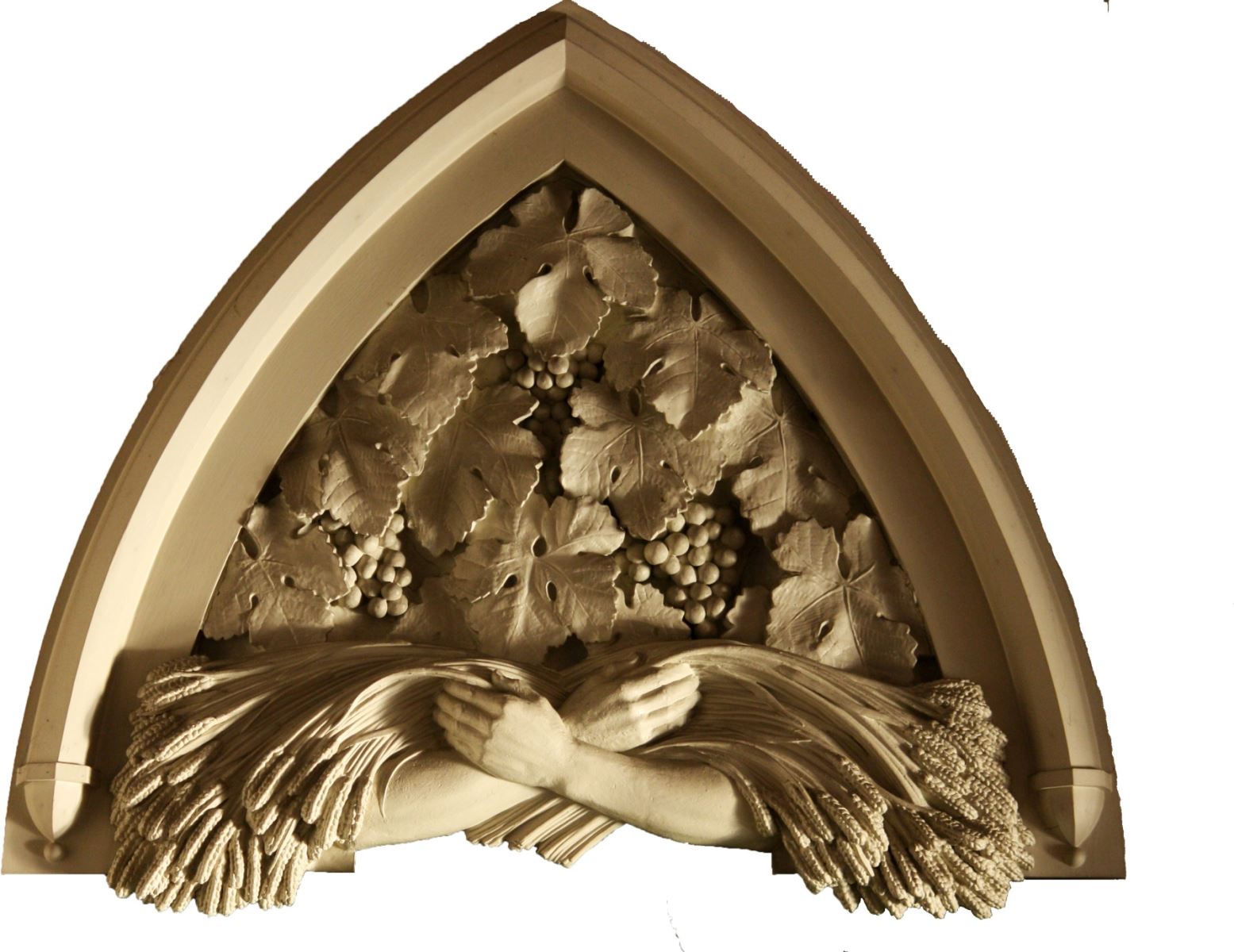
Bread and wine are key elements to the celebration of any Mass. There are strict rules about the bread and wine that is used.
BREAD – the bread, that will become the body of Jesus Christ, is made of finest quality plain wheat flour and pure water. No other additions are permitted. It should, however, resemble real food calling to mind Jesus’ words, “For my flesh is real food and my blood is real drink.” (John 6: 56). The reason why the Church is so strict about this is that the bread recalls that used by Jesus at the Last Supper – and that recalls the bread used by Moses at the first Passover in Egypt. The bread was ‘unleavened’, made without yeast, so that it could be cooked and eaten quickly – Moses and the Israelites had to be ready to leave Egypt. It was this night that Jesus and the disciples were remembering at the Last Supper – the first Mass – when Jesus, “...took the bread, and when he had given thanks, he broke it and gave it to them, saying, ‘This is my body given for you; do this in remembrance of me.’” (Luke 22, 20).
WINE – similarly, the wine that will become the Precious Blood of the Lord during the Mass must be natural and pure grape juice. Again recalling that used by Jesus at the Last Supper. A priest is not allowed to use bread or wine where there is doubt about their purity.
CAUTION - It is incorrect to call the consecrated bread and wine, "Bread and Wine". Always refer to them as the "Body and Blood of the Lord", because that is what the Church teaches us that they are.